Chapter 12
Religion, Romanticism, and Cultural Reform: 1820–1860
By Boundless
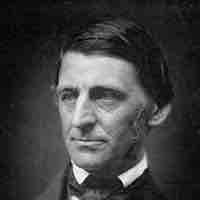
Transcendentalism was among the more radical social philosophies of the nineteenth century.
Women's rights in the nineteenth century focused primarily on women's suffrage, or the right to vote.

The abolitionist movement intensified in the first half of the nineteenth century, and tensions between the North and the South continued to rise.
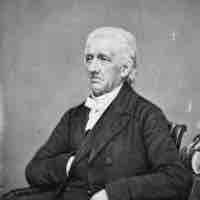
The temperance movement of the early nineteenth century advocated for alcohol moderation or complete abstinence from alcohol.
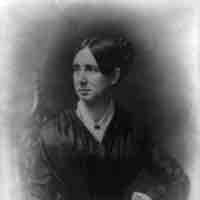
In the nineteenth century, a series of important social movements sought to reform both prisons and asylums in the United States.
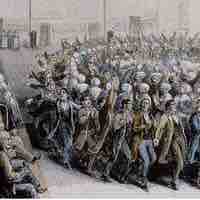
After the Second Great Awakening, many religious groups formed utopian communities in which they attempted to live governed by their creeds.
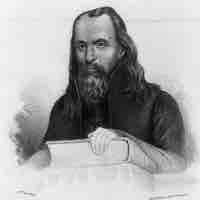
The Second Great Awakening, which spread religion through revivals and emotional preaching, sparked a number of reform movements.
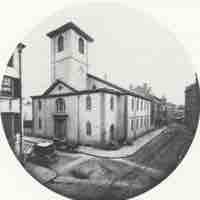
Unitarianism and Universalism were early Christian denominations that spread quickly during the nineteenth century.
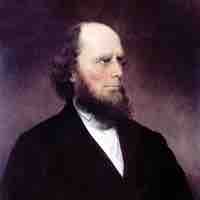
Women constituted the majority of converts and participants in the Second Great Awakening and played an important informal role in religious revivals.
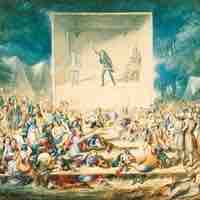
In the new frontier regions, the revivals of the Second Great Awakening took the form of vast and exhilarating camp meetings.
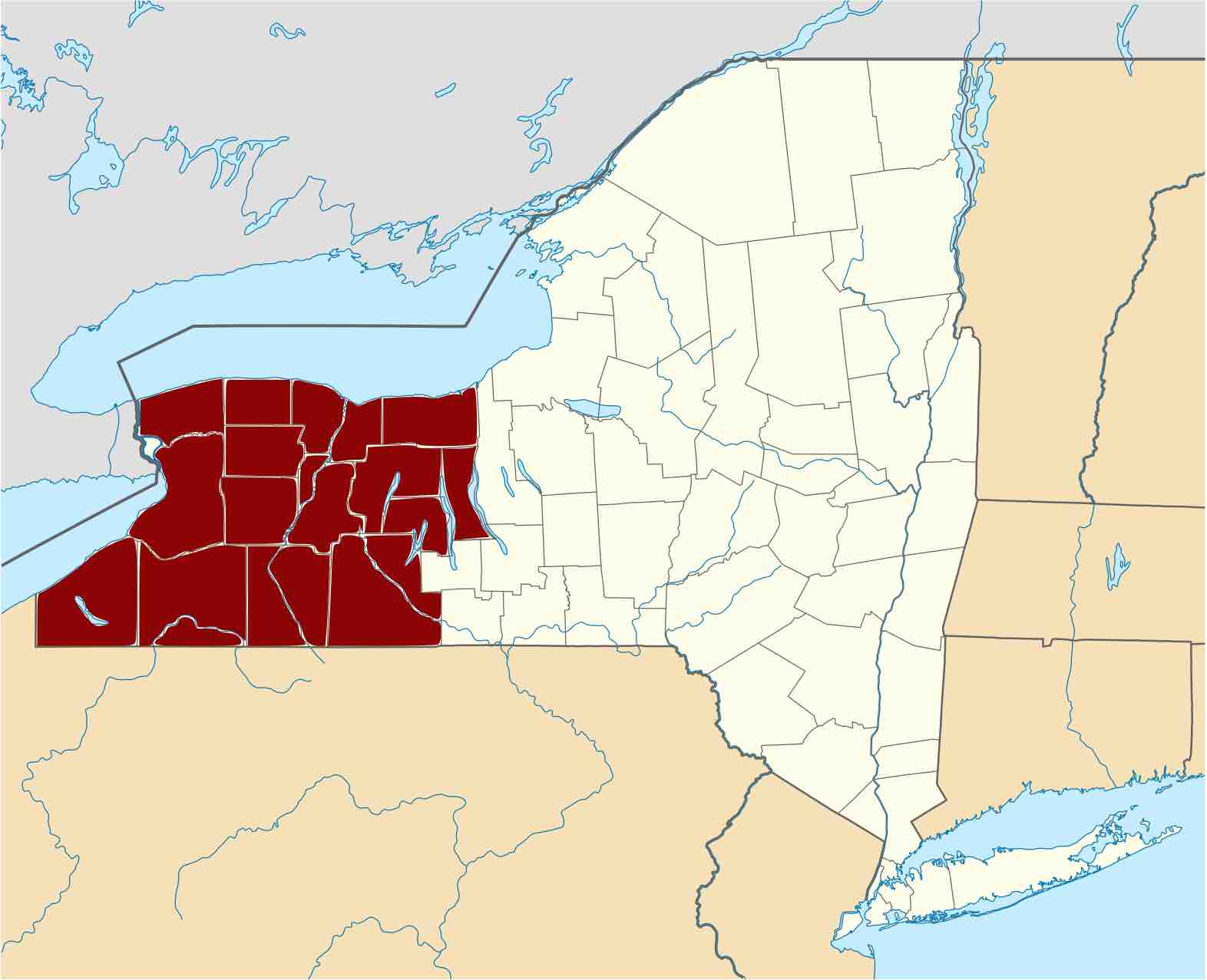
The "Burned-Over District" in central and western New York was so named due to the rampant religious revivals of the nineteenth century.
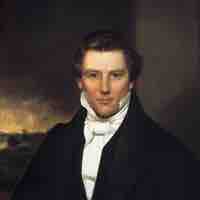
Mormonism, the principal branch of the Latter Day Saint religious and cultural movement, emerged in the 1800s in upstate New York.
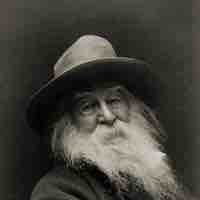
The mid-nineteenth century often has been considered an "American Renaissance" due to the number and quality of literary works produced.
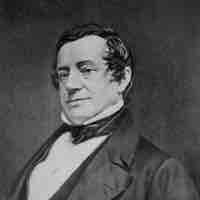
American Romanticism emphasized emotion, individualism, and personality over rationalism and the constraints of religion.
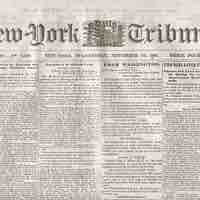
During the middle of the nineteenth century, newspapers went from serving as mouthpieces of political parties to addressing broader public interests.
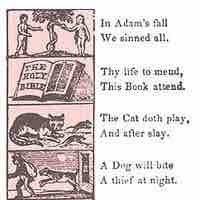
Horace Mann championed education reform that helped to expand state-sponsored public education in the 1800s.
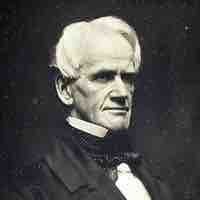
Early public schools in the United States took the form of "common schools," which were meant to serve individuals of all social classes and religions.
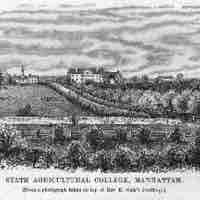
During the nineteenth century, many small colleges helped young men make the transition from rural farms to complex urban occupations.

The pace of immigration accelerated in the 1840s and 1850s, as people from Europe sought land, freedom, opportunity, and jobs in the United States.
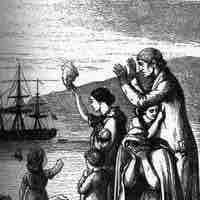
A second wave of Irish Catholic immigration began in the 1840s following the potato famine in Ireland.
Between 1820 and World War I, many German political refugees came to America following a series of German revolutions.
Nativism was an anti-immigration movement that favored those descended from the inhabitants of the original thirteen colonies.

Many of the economic gains in the United States during the nineteenth century were made possible by immigrant labor.